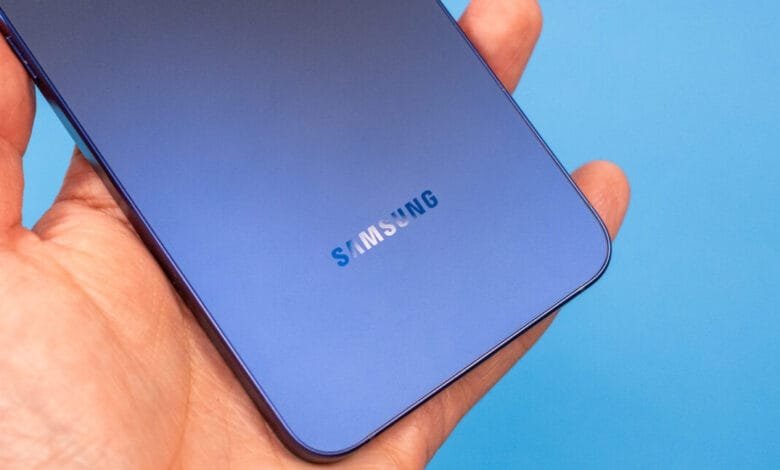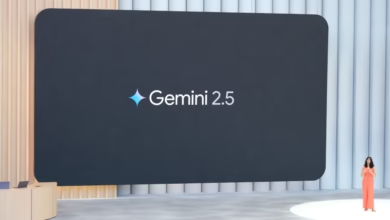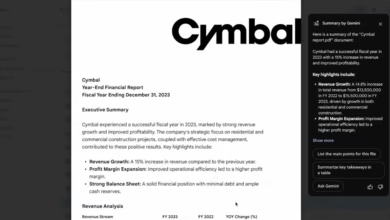Samsung partners with Glance for AI-powered lock screen ads

▼ Summary
– Glance, an ad tech company, is rolling out an AI-powered shopping feature on Samsung phones that uses selfies to generate personalized fashion ads.
– The new AI feature builds on Glance’s existing lock screen ads and tracking, adding a controversial face-scanning component.
– The AI shopping experience is opt-in, allowing users to continue using their normal lock screen if they don’t activate Glance.
– Users who opt in must take a selfie and provide body details, which Glance processes using Google Gemini and Imagen to create tailored fashion ads.
– The AI-generated ads will display the user wearing different outfits, with options to purchase the looks directly through the lock screen.
Samsung and Glance are collaborating to bring AI-powered personalized shopping directly to your lock screen. This partnership introduces an innovative feature that transforms how users interact with advertisements on their smartphones. By leveraging facial recognition and body type analysis, the system generates customized fashion recommendations featuring the user’s own likeness.
The technology behind this experience combines Google Gemini’s AI capabilities with Imagen’s image generation to create hyper-personalized ads. Users who opt in will see themselves digitally styled in various outfits and settings, with direct purchase options available through simple taps. While the concept pushes boundaries in personalized marketing, it remains entirely optional—those who prefer traditional lock screens can continue using their devices without interruption.
Glance isn’t new to lock screen advertising, having previously partnered with major manufacturers like Samsung and Motorola. Their earlier versions focused on delivering news and wallpapers alongside advertisements. This latest evolution represents a significant leap forward, blending AI-driven personalization with e-commerce functionality.
Privacy-conscious users will appreciate that activation requires explicit consent. The feature won’t activate unless manually enabled, preserving user control over their device experience. For those who choose to participate, the system promises to showcase fashion possibilities beyond typical shopping expectations—though the underlying business model clearly benefits from facilitated impulse purchases.
As smartphone manufacturers seek new revenue streams and advertisers chase more engaging formats, such integrations may become increasingly common. The success of this initiative will likely depend on user adoption rates and the perceived value of seeing oneself as the star of every advertisement.
(Source: Ars Technica)




